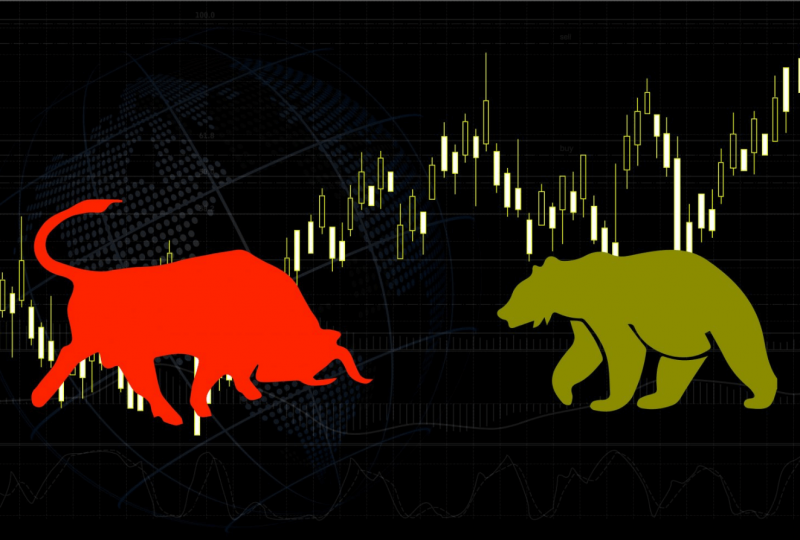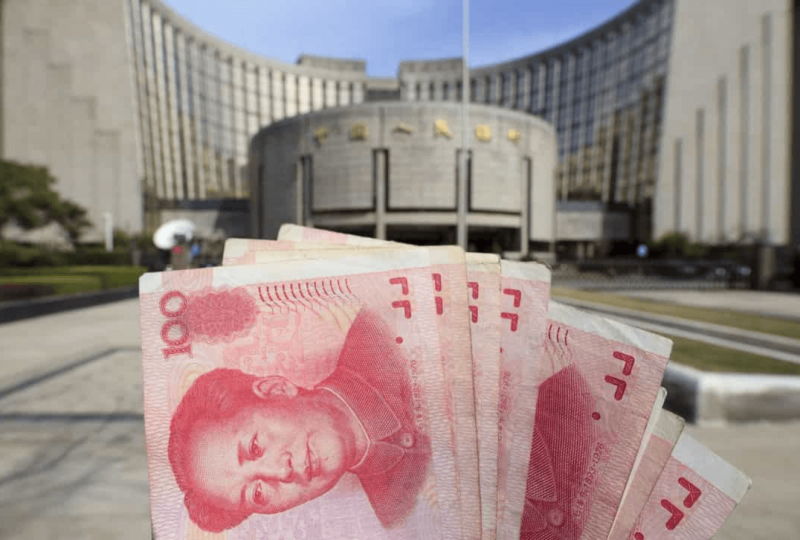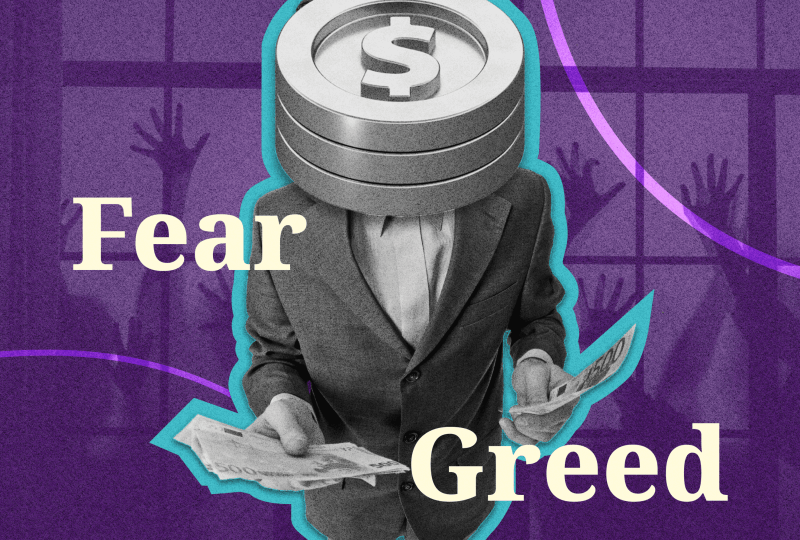Will There Be a Bear Market in 2022?
Dec 23, 2021

When the year 2021 comes to a close, it will be recognized as a strong year for equities, more akin to a bull market than a bearish market.
Over the last 40 years, the benchmark S&P 500 index has more than quadrupled (+24%) its average annual total return of 11%.
However, for cryptocurrencies, the situation has been more than stable — it has been amazing.
Since January 1, the collective value of digital currencies has increased by 176 percent to $2.14 trillion.
New possibilities for decentralized financing (DeFi), non-fungible tokens (NFTs), and the immense potential for blockchain-based games in the metaverse not only improved investor confidence but also propelled cryptocurrencies to previously unimaginable heights (just look at the rise of the meme-coin Shiba Inu of more than 45,000,000 percent year-to-year).
However, there are some concerns that the following year will not be as kind to cryptos.
Several factors might contribute to a crypto bear market in 2022.
The Federal Reserve's Policy
The FED finally conceded that inflation was not 'temporary' and hinted at several rate hikes next year.
Mario Gatara, an analyst at market intelligence firm Analogika, told Coin Rivet: "Now that the FED has fully abandoned the 'temporary' label for inflation, quickening the QE taper, numerous interest rate hikes are plainly on the horizon for the coming year."
"There are no shocks there, which explains Wall Street's recent burst of enthusiasm.
"However, with Jerome Powell characterizing central bank monetary policy as data-dependent, the guessing game continues — monetary policy should continue to be the dominating factor affecting stock market performance, putting markets at the Federal Reserve's mercy."
"Needless to say, things might turn nasty if inflation remains up for an extended period."
He continued by stating that while the crypto world appears to be an apparent beneficiary, despite its historically poor connection with the stock market, Bitcoin has demonstrated a markedly different behavior over the previous several months - which might result in a bear market.
"Notorious for its volatility, the crypto bellwether pushed the rest of the coins into a risk-on/risk-off mode, in lockstep with stocks, suffering a rapid sell-off and languishing far below its all-time high, along with a handful other (previously quite popular) meme stocks," he explained.
"It might be an indication of diminished risk appetite among retail investors, while prolonged stalemate could depress new demand and further stifle the velocity required to keep crypto-assets appealing to newcomers." Gatara added, however, that in the event of a sustained period of greater inflation - "things may get quite tough."
The crypto market's history may imply that it mirrors the bearish market and that reversions following upswings are nothing new. Since March 2020's low, the combined value of all digital currencies has more than quadrupled to $2.14 trillion.
This is comparable to the 35-fold growth in overall market value between March 2017 and January 2018, approximately ten months.
However, following the January 2018 peak, the aggregate value of all cryptocurrencies fell by about 90% over the next 11 months.
While blockchain technology is fascinating, it is still in its infancy and has not been extensively embraced. Businesses are still hesitant to leap at the chance to fund large-scale projects until they can demonstrate their efficacy in practice.
However, nothing can be proven unless firms embrace blockchain.It's quite a conundrum/Catch-22 situation that might delay the rebound and reintroduce bear market regulations for a long time.
Margin is a term that refers to the amount of money that investors borrow with interest to purchase or short-sell assets. In some cases, investors who leverage their transactions using margin can increase their returns.
However, suppose the securities acquired on margin do not perform as expected in the short term. In that case, the brokerages may want further collateral or may even compel the sale of assets - a process known as a margin call. According to some, 'fear of missing out (FOMO) actions might suffocate the cryptocurrency sector in 2022.
The most famous meme coins all have one thing in common: they lack any semblance of a competitive edge. For instance, Shiba Inu may be one of the most-searched digital currencies this year, but social media mania does not often imply long-term viability.
In summary, there is no assurance that Shiba Inu (or Dogecoin or Floki Inu, for that matter) will become the payment token of choice for enterprises operating in the rapidly increasing area of blockchain initiatives.




